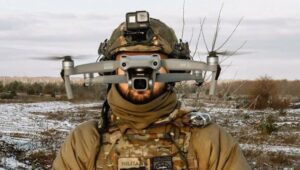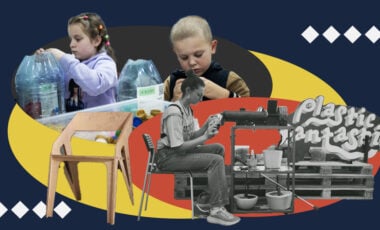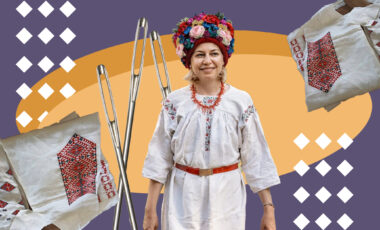How do women live in the conflict zone? The OSCE spoke of violence and poverty

Gender-based violence, critically low incomes, and difficulties crossing the line of contact are part of the daily routine of women living in the war zone in eastern Ukraine. OSCE observers have reached such conclusions.
The OSCE Special Monitoring Mission presented a study entitled "Gender Aspects of SMM Monitoring: Women's Perceptions of Security and Their Contribution to Peace and Security." Observations and surveys of about two hundred women were conducted from November 1, 2018, to June 15, 2021. Rubryka selected the main theses, figures, and stories from the report.
Economic responsibility that falls entirely on women
In July 2021, the wife (50-59 years) of a man (56 years old) who died in the April 14 shelling in the uncontrolled government of Donetsk said in an interview with observers that she had to transport the body to bury the man in the government-controlled area. She explained that without her husband's income and because of transportation and burial expenses, her financial situation had deteriorated," the OSCE report said.
And there are many such stories. Men are more likely to die and be injured among civilians, after which the maintenance of the family falls mainly on the woman.
Also, many women are forced to stay in uncontrolled areas to care for elderly or injured relatives who are unable to leave due to ill health. It is women who are most often unpaid for family care.
According to the Special Monitoring Mission, women from the so-called "LNR" and "DNR" most often travel to the territories controlled by Ukraine. Mostly they go to Ukraine for medical services (in particular, perinatal), which are not available in the self-proclaimed republics, to their families and to receive a pension.
The report states that because women's pensions were on average 30% lower than men's, the negative impact of the cost of crossing the line of contact to receive a pension was greater for them.
"For example, in March 2019, a woman from the Donetsk government that didn't control the government told observers that she had received a pension in the Zaporizhzhia region and that the entire 460-kilometer journey lasted more than 48 hours. According to her, during each trip, she spent a total of 660 hryvnias on travel, accommodation, and meals, which reaches almost 25% of her pension of 2,800 hryvnias. Also in March 2019, several pensioners said that each trip from their place of residence in areas not controlled by the government with the intersection of the line of contact through the checkpoint near Stanytsia Luhanska cost them about 900 hryvnias, which was a significant part of their total pension," the observers write.
Violence, exploitation, and offers for virgin girls
Economic hardship has increased the risk of sexual or labor exploitation for women. In particular, observers report cases of human trafficking, transactional sex (intimate relations with someone who can provide money or protection).
And in May and June 2021, in uncontrolled Luhansk, observers saw several advertisements for the recruitment of "virgin" and underage women to work as masseuses abroad.
The situation with the fight against domestic violence has also deteriorated. Between 2020 and 2021, specialized services in government-controlled areas reported four requests for assistance from women in non-government-controlled areas. However, restrictions on crossing the line of contact created obstacles for victims to access specialized support services and shelters.
Victims among civilians
From the fall of 2018 to the summer of 2021, 338 civilians were killed and wounded due to the war in the East. 149 people, as a result of shelling from heavy weapons; 38 as a result of fire from small arms; 151, due to mines, ammunition, and other explosive devices.
Among the dead and injured are 106 women and girls. Most of them died and were injured in various explosions while working on their land, in the fields, grazing cattle or simply picking mushrooms.
According to the report, women and girls also died or were injured when civilians (mostly adult men) mishandled weapons or tried to dismantle them. Such cases account for about 25% of victims among women and all victims among girls due to explosions. In most such cases, women and girls were simply nearby.
"Among the civilian casualties killed or wounded by heavy weapons and small arms fire, 40 of the 66 women were over the age of 60 (inclusive). Most of these casualties occurred in settlements near the line of contact, where the elderly make up the majority of the civilian population," the OSCE said.






















































